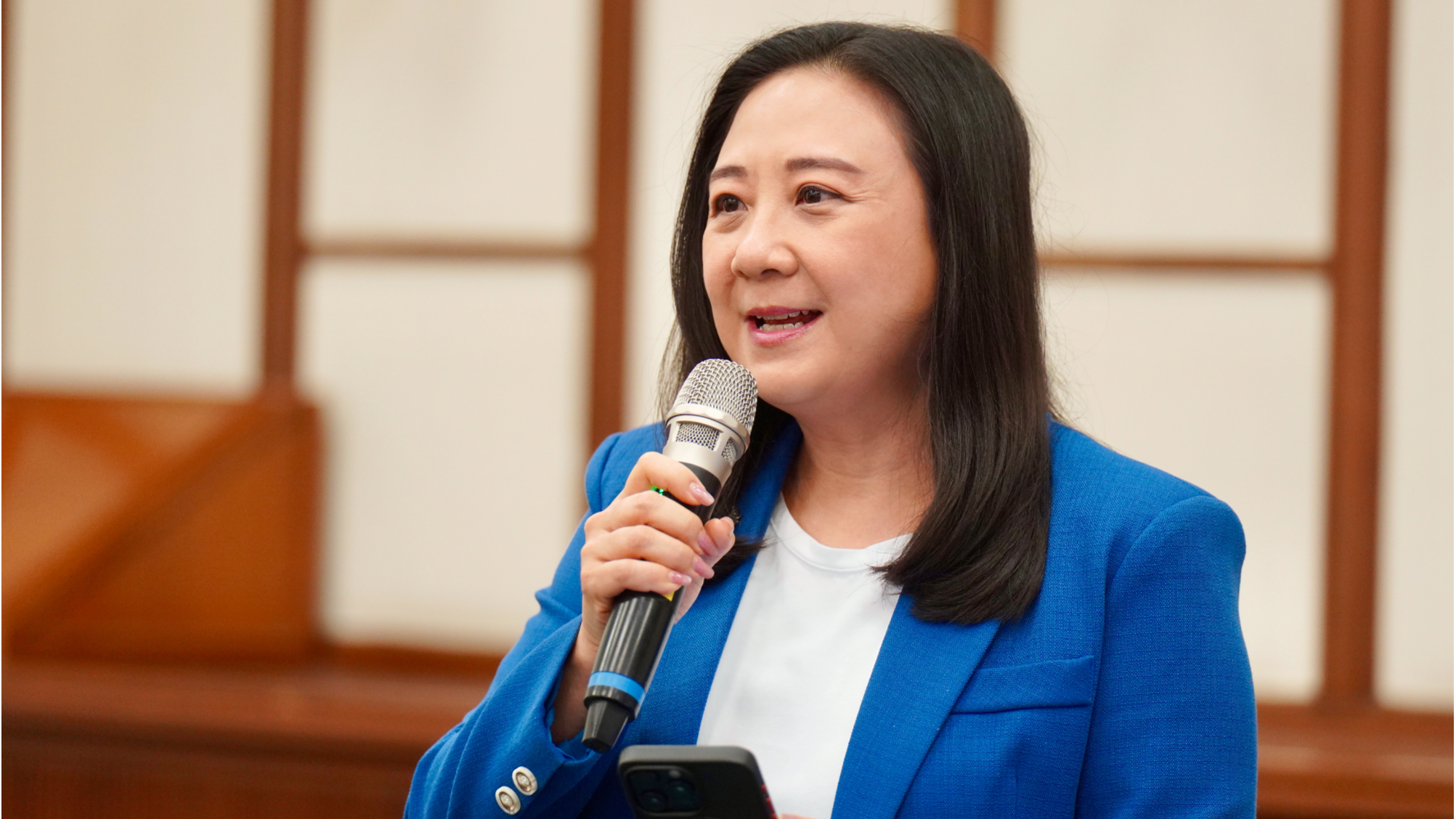
A major group focusing on the low-altitude economy on Wednesday called on the Hong Kong Special Administrative Region (HKSAR) government to establish a clear strategy to guide the market and outline specific objectives for the industry, and to create a department dedicated to the oversight and coordination of the industry.
The call, made by a low-altitude economy alliance formed by lawmakers, professors, and industry leaders, was among 45 proposals, in 12 categories, for the city’s upcoming Policy Address – the fourth annual policy blueprint of Chief Executive John Lee Ka-chiu’s administration.
These proposals on developing the low-altitude economy are aimed at promoting the Guangdong-Hong Kong-Macao Greater Bay Area (GBA) to be the pioneer and demonstration zone for the industry.
READ MORE: New legislation eyed to regulate Hong Kong's low-altitude economy
Lawmaker Elizabeth Quat Pui-fan, founding president of the Greater Bay Area Low Altitude Economy Alliance, said the HKSAR government currently has no document on guiding the market or developing a road map. As the industry comprises different aspects, there is an urgent need to set up a specialized management bureau to enhance supervision and development, she added.
The government should also enhance cross-departmental leadership at a high level, which will not be affected by changes of government, and set its low-altitude traffic management system once research is done, Quat said.
It is important to establish standards for the industry, as well as aligning national standards with international ones, she said. Industry sectors in the SAR should cooperate with mainland parties to jointly develop these standards, to consolidate Hong Kong's significant role in advancing the nation’s low-altitude economy.
HKSAR can play a role as a superconnector to foster local and regional cooperation of the industry, including enabling mainland enterprises to settle in Hong Kong and subsequently expand their business overseas, especially in Association of Southeast Asian Nations (ASEAN) and countries participating in the Belt and Road Initiative (BRI).
The low-altitude economy offers an array of application scenarios including rescues, surveys and delivery of goods and passengers. The HKSAR government listed the development of the low-altitude economy in the most recent Policy Address.
The SAR’s legislative amendments on development of the low-altitude economy, including the Small Unmanned Aircraft (Amendment) Order 2025 and the Air Navigation (Hong Kong) Order 1995 (Amendment) Order 2025, became effective on July 18.
This launched the first batch of 38 projects that focused on expanding and enriching the scope of low-altitude flying applications, such as emergency and rescue, logistics and distribution, inspection and safety maintenance, surveillance and low-altitude infrastructure.
Sun Wei, a legal consultant of China Unicom, said the Hong Kong SAR should formulate explicit guidelines for cross-border unmanned aerial vehicle flight permits, encompassing application procedures, flight parameters, equipment standards, operator qualifications, and flight operation instructions.
READ MORE: Hong Kong promotes low-altitude economy as new growth engine
She also proposed formulating unified regulations in Guangdong, Hong Kong and Macao, so as to minimize regional disparities and enhance operational feasibility for businesses.
Gary Yeung Man-yui, secretary general of the alliance, said he hopes the SAR government will speed up advancement of a second batch of pilot projects of its low-altitude economy regulatory sandbox, a program that aims to enable industry stakeholders to test and conduct trials on some project concepts within pre-defined air routes and in a safe and controlled manner.
He suggested setting up a research fund for the industry, and investing in projects with significant potential.
Contact the writer at atlasshao@chinadailyhk.com


